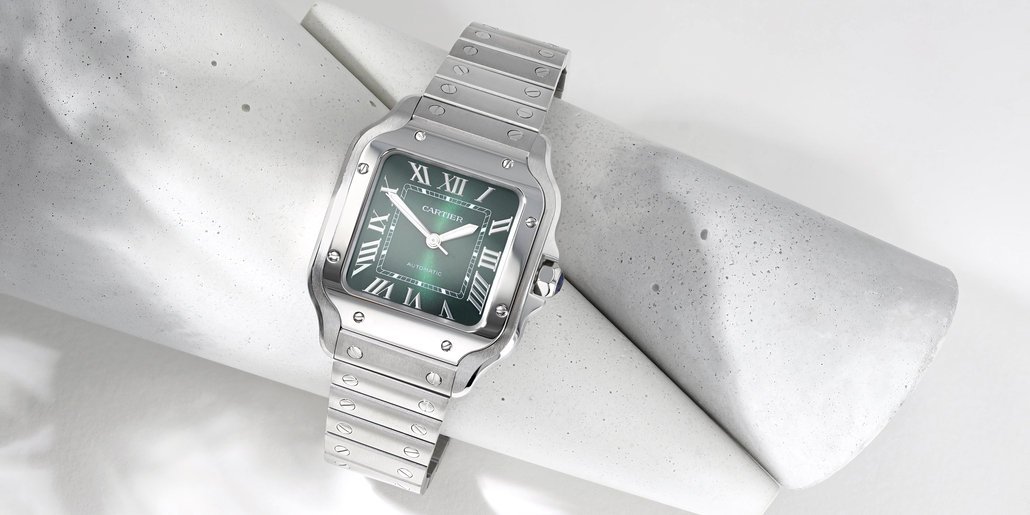The excitement of acquiring a luxury timepiece can quickly turn to disappointment if it turns out to be a counterfeit, especially as fake watches become increasingly sophisticated. Knowing how to tell if a watch is real is an essential skill for any enthusiast or first-time buyer. This guide offers practical tips to help you verify a watch’s authenticity and protect your purchase.
Inspect the Brand Logo and Markings
One of the first steps in verifying if a watch is real is to examine the branding and text on the dial, case back and clasp.
1. Logo Placement and Quality
Luxury watchmakers are known for precision. A genuine watch will have a logo that is:
- Perfectly centered
- Accurately aligned
- Made with high-quality materials, often a 3D metal applique
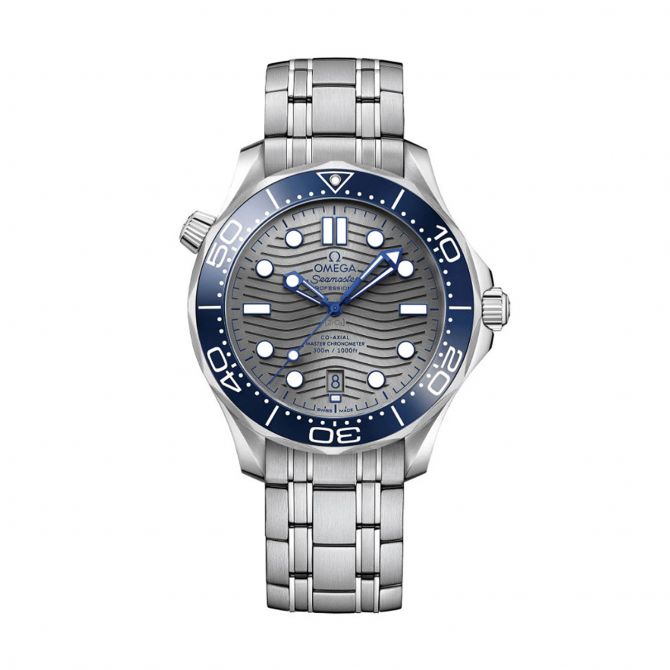
In contrast, fake watches often show:
- Logos that are crooked, off-center or misaligned
- Printed stickers instead of applied metal logos
2. Text Clarity and Consistency
Authentic watches have text that is:
- Crisp and clear
- Evenly spaced
- Precisely engraved or printed
- Free from errors or distortion
Look for consistent quality in all markings, including:
- Brand name
- Model name
- Words like “Swiss Made”
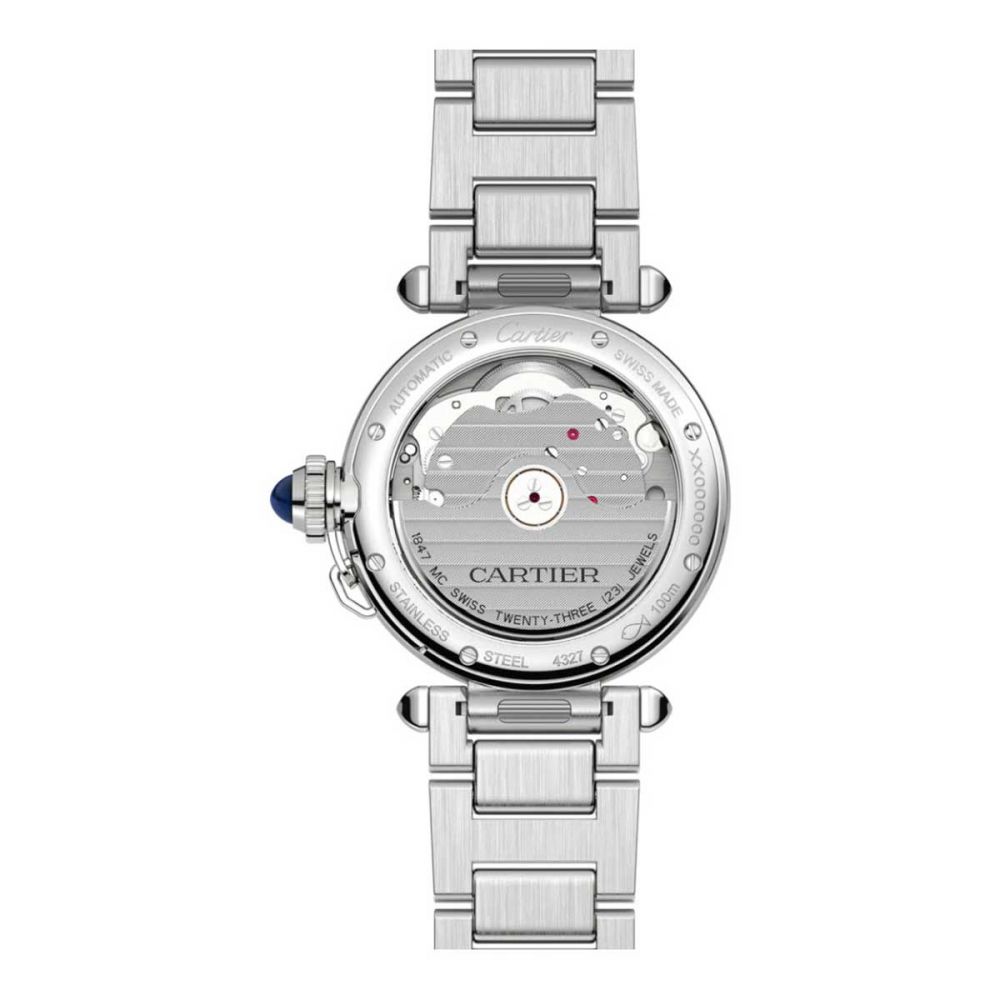
Counterfeit watches may show:
- Blurry or smudged text
- Uneven spacing
- Misspelled words
- Poorly defined edges
Examine the Weight and Materials
Luxury watches are made from high-quality, durable materials that give them a noticeable weight and solid feel.
1. Weight as a Sign of Authenticity
A genuine luxury watch should feel heavy and substantial in your hand. This weight comes from the use of premium materials such as:
- Stainless steel
- Gold
- Platinum
- Titanium
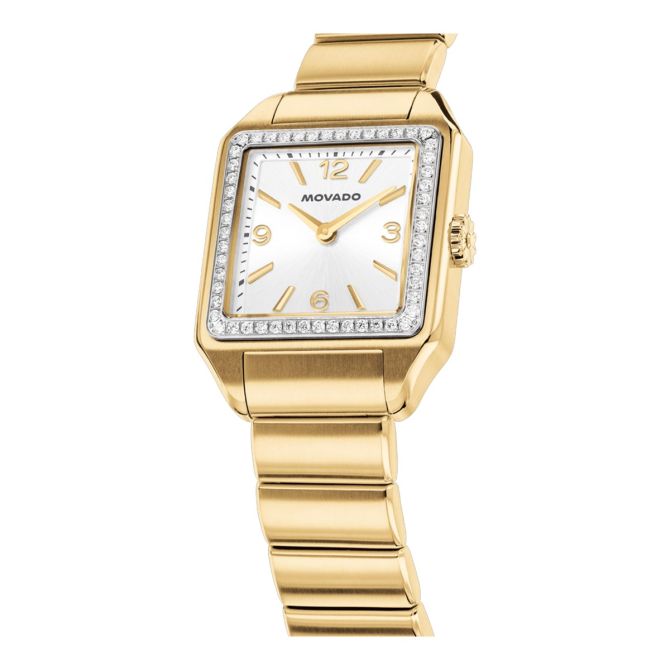
In contrast, counterfeit watches often feel light or flimsy because they use:
- Cheaper alloys
- Plated base metals
- Hollow or poorly constructed components
Tip: If the watch feels unexpectedly light, that’s often a strong indicator it may be a fake.
2. Surface Quality
Authentic luxury watches feature impeccable finishing, including:
- Brushed, polished, or combined textures
- Seamless transitions between surfaces
- Consistent grain and luster
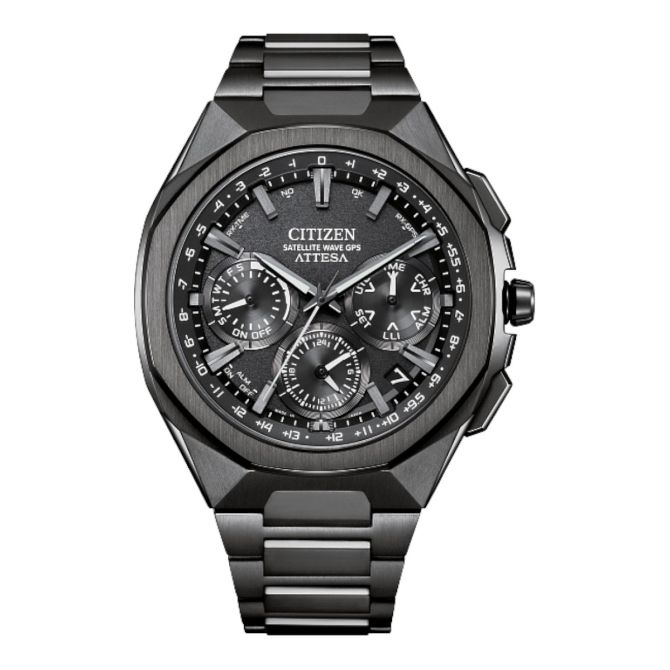
Fake watches may show:
- Inconsistent finishing
- Overly shiny or dull surfaces
- Poor quality polishing or brushing
3. Bracelet and Clasp Construction
A real watch bracelet will feel:
- Smooth along the edges
- Solid with no rattling
- Well-articulated links that move fluidly
The clasp should:
- Close securely
- Feel sturdy
- Show precise engraving or branding
Fake watches often have:
- Sharp or unfinished edges
- Loose clasps that don’t lock properly
- A rattly bracelet with poor construction
Check the Movement
The motion of the second hand is one of the easiest ways to spot a fake, especially on watches claiming to be automatic or mechanical.
- A genuine automatic or mechanical watch features a smooth, sweeping motion.
- This is due to the movement ticking multiple times per second, creating a fluid glide around the dial.
- A quartz movement, commonly used in fakes, has a distinct tick-tock motion.
- The second hand jumps once per second, pausing momentarily at each marker.
Hold the watch close to your ear and listen carefully:
- A real luxury automatic movement will be almost silent, with perhaps a faint, fast whirring or ticking sound.
- A fake or low-quality quartz movement often produces a loud, obvious ticking—a telltale sign of cost-cutting.
This simple test can help verify whether the internal mechanics match the claimed watch type.
Verify the Watch Serial Number
The serial number is a critical element in determining whether a watch is authentic. Every genuine luxury watch is engraved with a unique serial number that serves as its official identity.
1. Locate the Serial Number
The location of the serial number can vary depending on the brand and model, but it is typically found:
- Engraved on the case back
- Between the lugs, where the bracelet or strap connects to the case
Note: Some models may also have serial numbers inside the case or on the movement itself, requiring professional inspection.
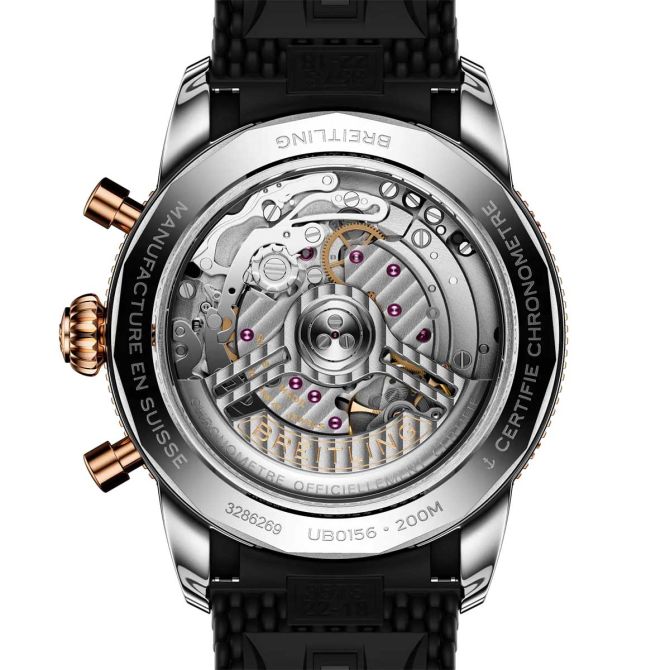
2. Examine the Quality of the Engraving
A real serial number engraving should be:
- Deep, precise and evenly spaced
- Clear and legible under magnification
- Consistent with the brand’s engraving standards
In contrast, fake serial numbers may appear:
- Shallow or faint
- Acid-etched instead of engraved
- Poorly aligned or unevenly spaced
If the engraving looks sloppy or unusually light, it may be counterfeit.
3. Verify the Serial Number Online
Once you’ve located the serial number, you can use it to validate the watch:
- Check with the manufacturer’s official website, if they offer serial number verification.
- Search the number online to see if it has been:
- Reported as stolen
- Linked to known counterfeit listings
- Appearing on multiple watches for sale
While it’s important to know the basics of spotting a fake watch, the most reliable way to confirm authenticity is to consult a professional.
As an authorized watch dealer, we have the tools, training and experience to detect even the most convincing counterfeits. Our team can safely open the case back, inspect the movement, verify the serial number and assess every detail that defines a genuine timepiece.
Visit us to ensure your timepiece is the real deal and to understand its true value, inside and out. Explore all of our expert Watch Services online at Borsheims.com today.
